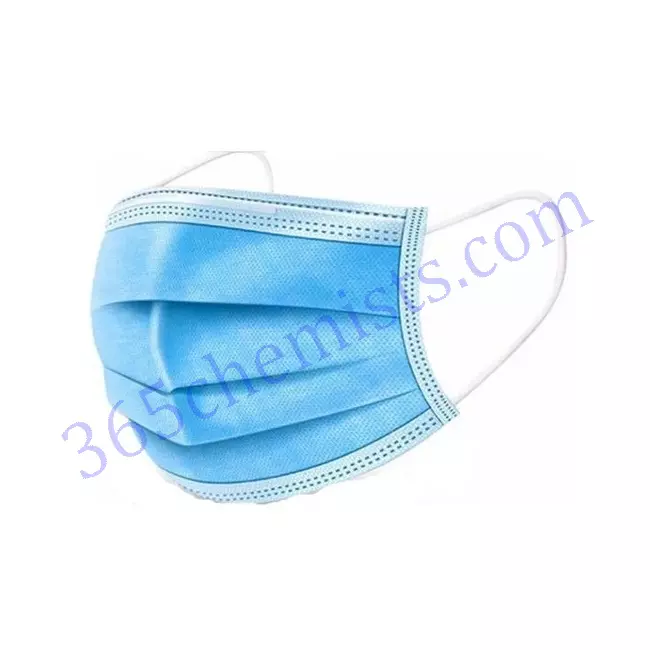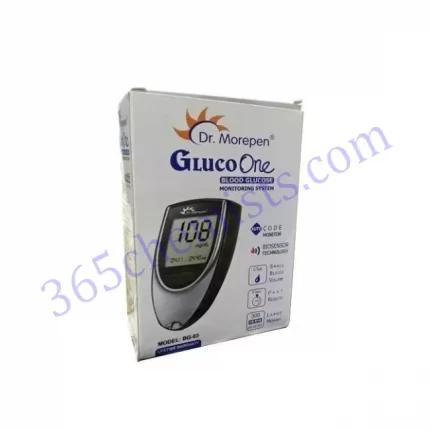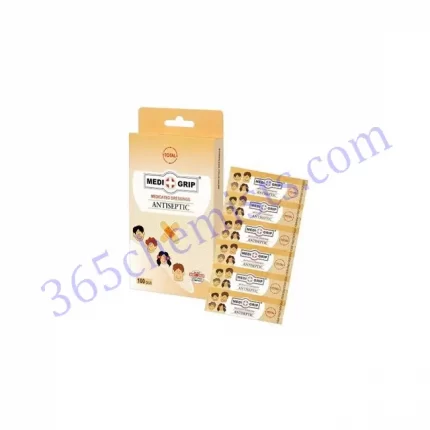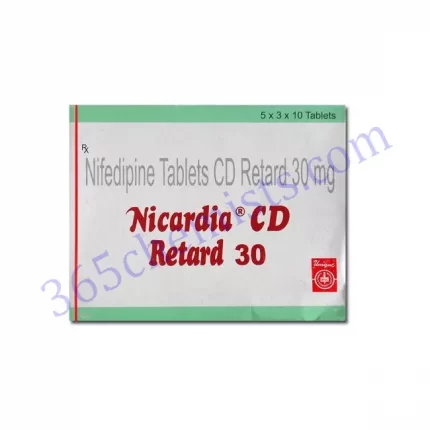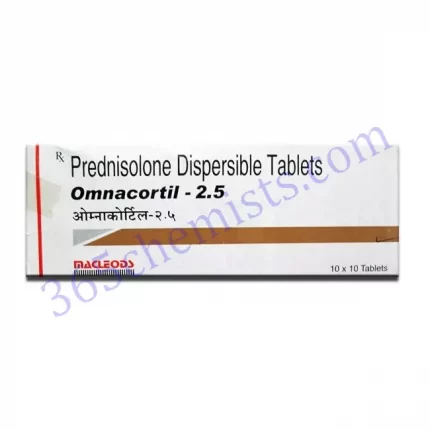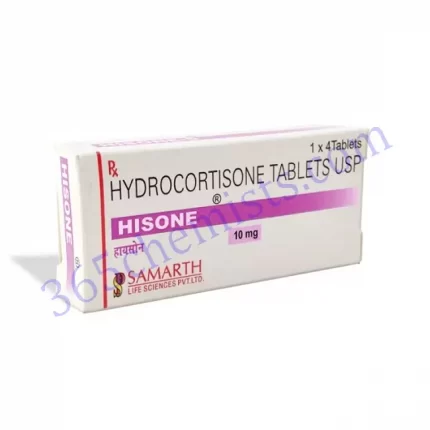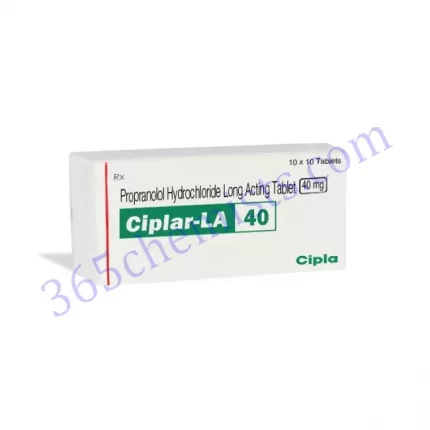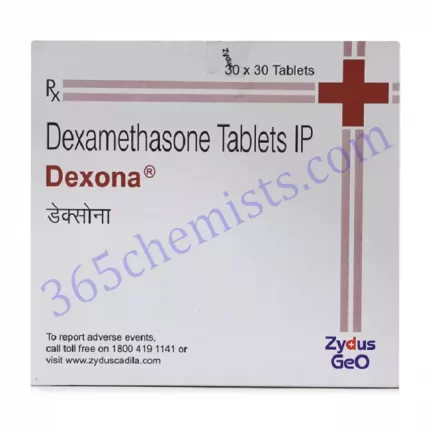Disposable Face Mask: Protecting Yourself and Others with Ease
As a means of providing protection against the spread of infectious diseases, the disposable face mask has evolved into an item that is indispensable in our day-to-day lives. This mask, thanks to its lightweight and convenient design, creates a barrier between the wearer and potential contaminants, thereby reducing the risk of respiratory droplets being transmitted from one person to another. In this in-depth analysis, we will take a look at the characteristics, advantages, practical applications, and safety considerations associated with disposable face masks.
Features and Construction
In most cases, a three-layer construction of non-woven fabric is utilised in the production of disposable face masks. The exterior layer is treated to be hydrophobic, which makes it resistant to liquids and prevents any potentially infectious droplets from entering the mask. The innermost layer is gentle and comfortable against the skin, while the middle layer performs the function of a filter by removing particles and microbes from the air. When worn together, these layers create an efficient barrier that still allows for adequate ventilation and maintains a comfortable level of wear even over long periods of time.
Benefits of Disposable Face Masks
- Face masks that are disposable create a physical barrier that helps to block respiratory droplets and particles that may carry pathogens. This barrier protects the wearer by preventing the spread of disease. When someone wears a mask, they lower their chances of inhaling potentially hazardous substances, which in turn lowers their risk of developing respiratory illnesses.
- Control of the Source: One of the primary advantages of using disposable face masks is that they are able to stop the transmission of infectious droplets from the person wearing the mask to other people. The mask is designed to collect respiratory droplets that are expelled during coughing, sneezing, or talking, which reduces the likelihood of infecting those who are in close proximity to the wearer.
- Convenience and Hygiene: Disposable face masks are not only simple to use but also simple to dispose of, which encourages the practise of good hygiene. Because they are intended for a single use only, there is no requirement that they be washed or sterilised after use. Because of this, individuals can choose to use them in a variety of settings, including healthcare facilities, public transportation, workplaces, and crowded environments, which makes them a convenient option overall.
Usage Guidelines
It is essential to adhere to the following guidelines in order to make the most of the effectiveness of disposable face masks:
- Fitting correctly involves ensuring that the mask completely encloses both the nose and the mouth, thereby forming a watertight barrier against the face. If there is a nose wire or metal strip, you may need to adjust it so that the fit is secure.
- Before touching the mask, make sure that your hands are clean by washing them with soap and water or by using hand sanitizer. When wearing the mask, avoid touching the front of it at any time to reduce the likelihood of becoming contaminated.
- Avoid Touching the Mask You should only adjust or remove the mask by using the ear loops or the ties. Avoid touching the mask itself. It is important to keep your hands off the front of the mask because it may be contaminated.
- Disposable face masks are typically only intended for a single use and should be discarded either immediately after use or when they become soiled or wet. They should not be reused under any circumstances. Follow the instructions provided by the manufacturer regarding the recommended amount of time for use.
Precautions and Considerations
Although disposable face masks provide a significant level of protection, it is essential to keep the following safety considerations in mind at all times:
- Quality and Accreditation: Before using any disposable face masks, check to see that they are up to the required quality standards and hold the appropriate certifications, such as those granted by the relevant regulatory bodies. Look for masks that have an adequate level of filtration efficiency and a comfortable fit.
- Face masks that are disposable should be used in addition to other preventative measures such as practising proper hand hygiene, maintaining a physical distance, and adhering to local health guidelines.
- Personal Health Conditions Before using disposable face masks, individuals who have certain health conditions, such as difficulty breathing or respiratory disorders, should discuss their options with a trained medical professional. In certain circumstances, the use of alternative protection methods, such as face shields, may be advised.
Conclusion
Face masks that are disposable are an important tool in the fight against the spread of infectious diseases; they offer protection not only to the person wearing the mask but also to others in the community. These masks, which are constructed with three layers, serve as an efficient barrier against respiratory droplets and particles. Disposable face masks have the potential to help create safer environments and contribute to the overall well-being of both individuals and communities, provided that the correct usage guidelines are adhered to and the necessary precautions are taken. Keep in mind that wearing a mask is a communal obligation that is to everyone’s advantage; therefore, let’s continue to place an emphasis on the health and safety of both ourselves and those around us by making responsible use of disposable face masks.

